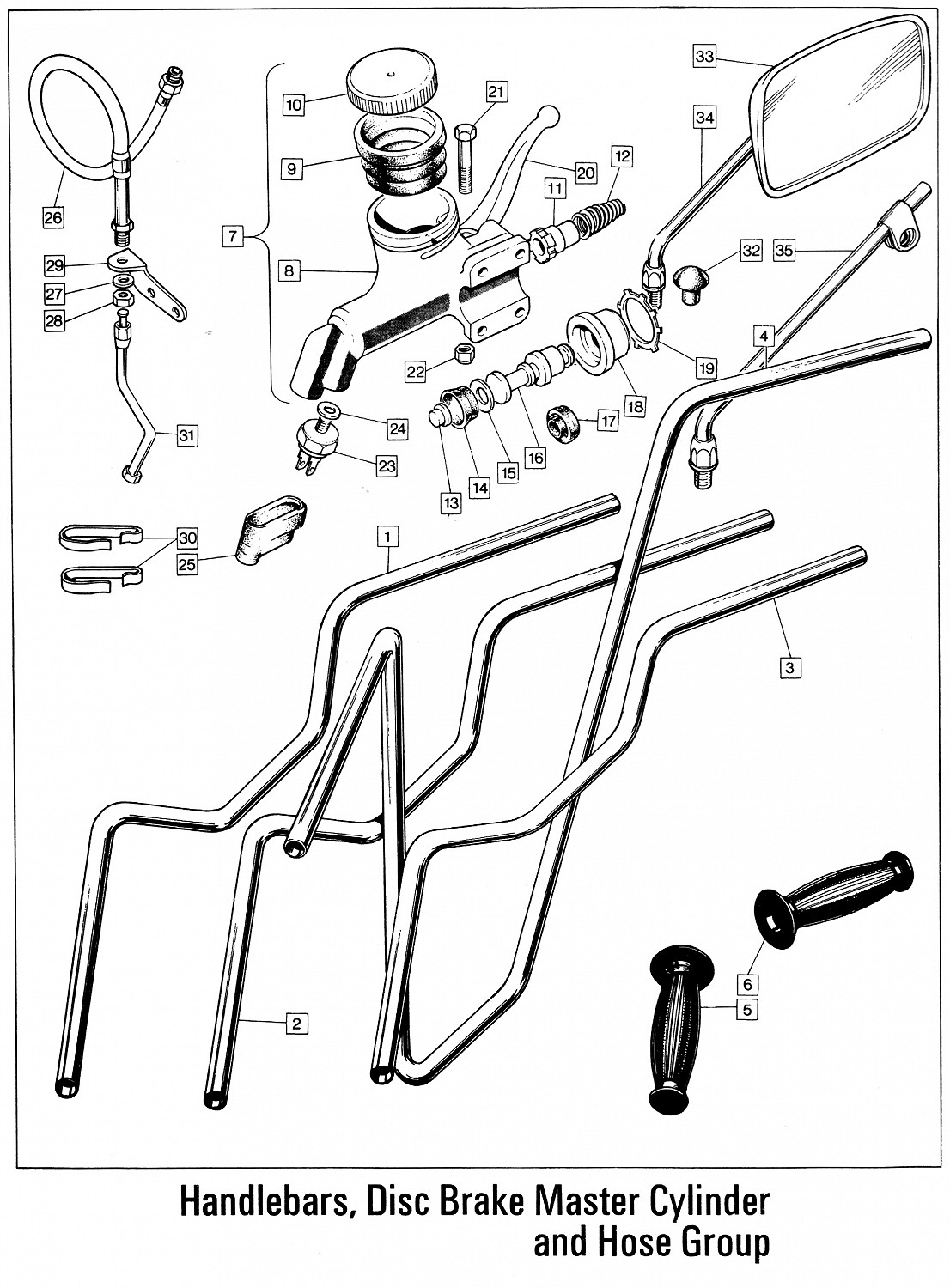I'm sure most folks if not all are familiar with the technique of firming a mushy disc brake by securing the brake lever in the "on" position (e.g., bungee the brake lever back towards the handlebar) and leaving overnight or longer.
I've had great success with this technique over the years, on other bikes. But it seems to have little or no effect on my Commando (73 850, FWIW). Is the Norton brake system different from most in some way that reduces or eliminates the effectiveness of this technique?
I've had great success with this technique over the years, on other bikes. But it seems to have little or no effect on my Commando (73 850, FWIW). Is the Norton brake system different from most in some way that reduces or eliminates the effectiveness of this technique?

